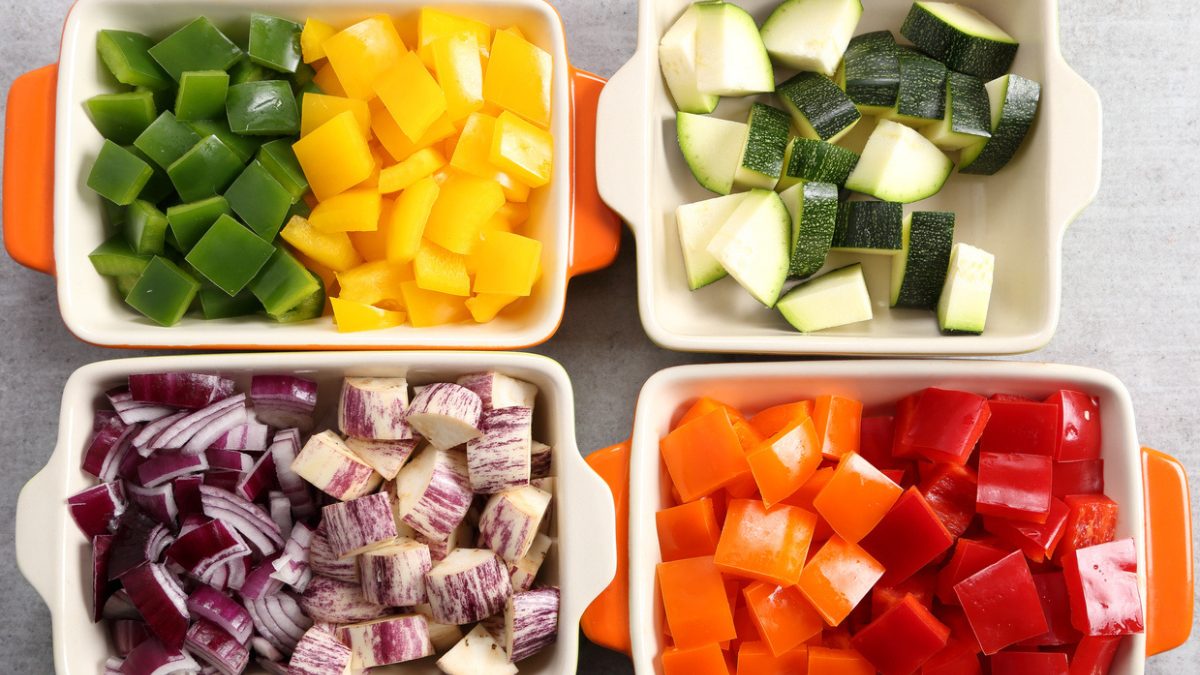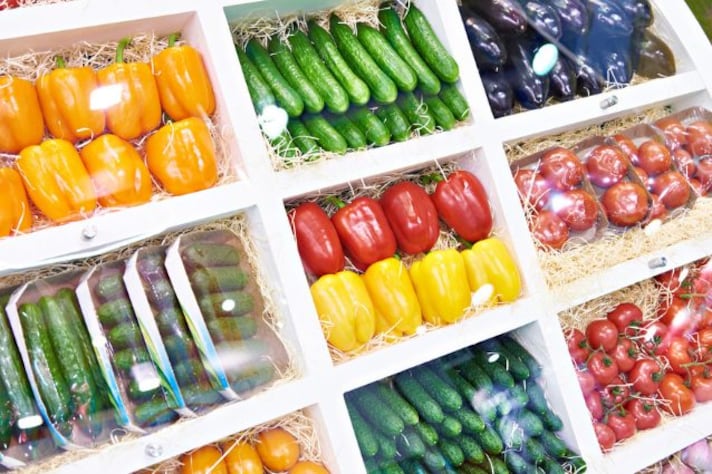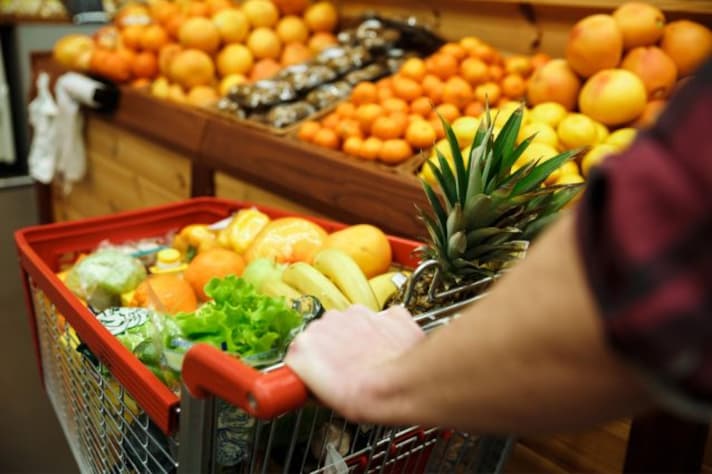
In today's fast-paced world, convenience is important, which is why many people opt for pre-cut vegetables at the grocery store. However, before you pick up that bag of sliced carrots or celery, consider if it's really the best choice. While it may save you some time, there are several solid reasons to consider buying whole vegetables instead. Here's why taking a little extra time to chop your own veggies can be worthwhile.
Cost Considerations
Pre-cut vegetables generally cost more. If you compare the price per pound, pre-cut options are significantly more expensive than their whole counterparts. This added cost is for the convenience they offer, but that convenience comes with a hefty price tag. For instance, you could be paying double for pre-cut broccoli or carrots compared to buying them whole. Over time, these extra expenses can add up, especially for families or anyone keeping an eye on their budget.

Nutritional Impact
Another factor to think about is nutrition. Vegetables start to lose nutrients once they are cut. Fresh vegetables have essential vitamins and antioxidants, but these begin to degrade when exposed to air, light, and moisture. Although you might not notice immediately, pre-cut veggies lose important nutrients like Vitamin C faster than whole ones. By choosing pre-cut, this could mean compromising on some of the vital health benefits they provide.
Freshness and Quality
Quality matters when it comes to food. Pre-cut vegetables often fall short of the freshness whole vegetables offer. They might sit in storage for several days, during which their texture and flavor can decline. This can result in wilted or mushy veggies that lack the crisp taste and texture of fresh ones. A fresh carrot or celery stick has a great crunch that is seldom found in pre-cut varieties. When you buy whole vegetables, you have the chance to pick the freshest produce and enjoy it at its best.

The Cases When Pre-Cut is Practical
There are cases where pre-cut vegetables make sense. For example, vegetables that are challenging to prepare, like pumpkin or butternut squash, might be worth buying cut. These can be hard to manage without special tools, so pre-cut options can save time and effort. However, for most other vegetables, the whole form is more economical and not particularly difficult to prepare.
Environmental Effects
Finally, consider the environmental impact. Pre-cut vegetables are typically packaged in plastic, which adds to landfill waste. Whole vegetables usually come with less packaging and offer an eco-friendly alternative. If sustainability matters to you, this is an important point. Opting for whole vegetables and doing the prep work yourself is a simple way to help reduce waste and lower your environmental footprint.
;Resize,width=767;)
